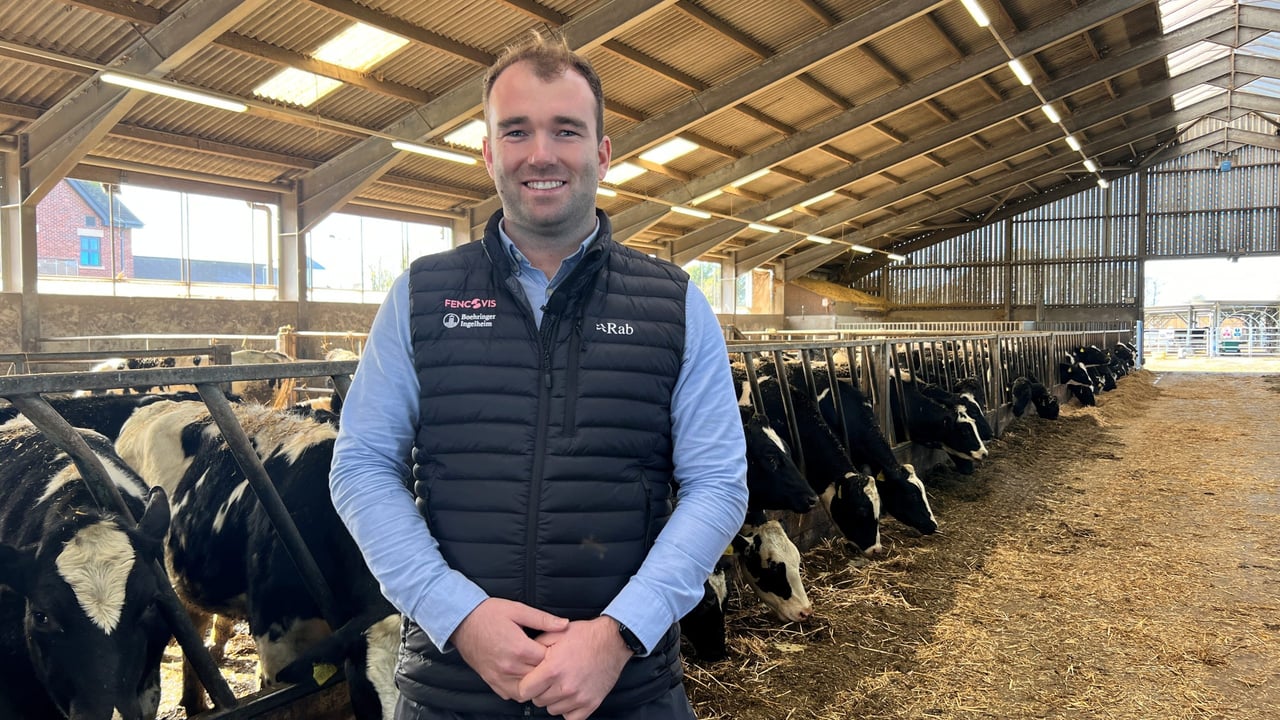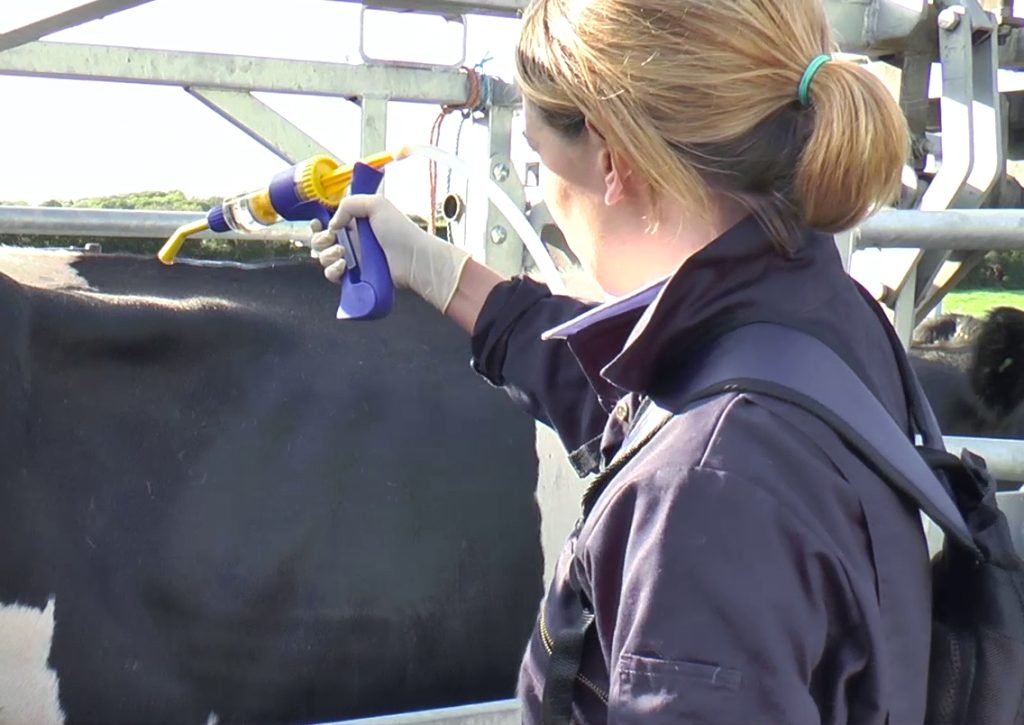Beat The Parasites


Top tips: How to apply pour-on wormers correctly
Agriland is delighted to join forces with Boehringer Ingelheim to bring livestock farmers a practical information series on parasite control - covering liver fluke, worms, correct product use, and the upcoming changes to prescription rules.
In this second instalment of the 'Beat the Parasites' series, we look at the correct usage of pour-on wormers.
Using pour-on wormers is a common and convenient method of parasite control on cattle farms. But if applied incorrectly, the effectiveness of these treatments can fall short - costing time, money, and potentially driving wormer resistance.
Peter Howard, veterinary adviser at Boehringer Ingelheim, shares his advice and tips to help cattle farmers make every worm treatment count.
Choose the right product for the right parasite
Effective worm control starts with targeting the right parasite at the right life stage.
Not all wormers work on every type of parasite, so it is important to consult your vet. They can assess the parasite risks specific to your farm and recommend the most suitable product.
It is also important to check withdrawal periods
Howard said: “Make sure the meat or milk withdrawal period aligns with your farm's production schedule - especially if you're finishing animals for market, or are treating dairy cattle."
Don’t let the weather catch you out
Rain can reduce the effectiveness of some pour-on products, so always check the product label before treating.
“Some products are weather-resistant but it’s still best practice to be aware of rainfall before and after application, and time your treatment accordingly," Howard said.
Inspect your applicator
One of the most overlooked causes of treatment failure is faulty application equipment. Before each use, inspect the applicator thoroughly.
“Look for leaks and check the nozzle and chamber for any damage," Howard advised.
"Using the wrong or faulty equipment leads to inaccurate dosing, which not only reduces treatment effectiveness, but may cost you more, with repeat treatments required.”
Calibrate for accurate dosing
Always use the applicator specifically designed for the product you’re using.
Each wormer product has a recommended dose based on body weight, usually measured in millilitres per kilogram.
To ensure accuracy:
- Draw up the calculated dose into the applicator;
- Dispense it into a measuring cylinder or jug;
- Repeat this calibration every 20 animals.
This small step helps prevent both under-dosing and waste.
Weigh - do not guess
Weight estimates by eye are not reliable. Under-dosing can allow parasites to survive and develop resistance, while over-dosing increases costs and may be harmful.
“Use a weigh scale whenever possible,” Howard advised.
If treating a large group of animals, he recommended speeding things up by sorting them into groups of similar weight and dose accordingly.
Apply with care
Proper application is key to treatment effectiveness. Pour-on wormers should be applied evenly from the withers to the tail head.
“Don’t just squirt it in one spot," Howard said.
"Spread it along the flat part of the back to ensure full absorption."
Never mix different products, unless specifically advised by your vet.
There are combination products available that are formulated to treat both worms and liver fluke in a single dose.
Store and clean properly
Wormers should be stored as directed on the packaging - out of sunlight, away from extremes of temperature, and in a locked room or cupboard.
After use, clean the applicator with warm soapy water, rinse well, and let it dry completely before storing.
This not only maintains the effectiveness of your equipment but also reduces contamination risks.
“With just a few simple checks and paying closer attention to treatment tasks, you can maintain the effectiveness of pour-on wormer products, reduce the risk of resistance, and protect your herd from avoidable production losses,” Howard said.
Speak to your vet for tailored advice on wormer products suitable for your herd.
An educational service from Boehringer Ingelheim Animal Health UK Ltd. Further information available from Boehringer Ingelheim Animal Health UK Ltd, RG12 8YS, UK. ©2025. All rights reserved. Date of preparation: Oct 2025. UI-RUM-0069-2025. Use Medicines Responsibly.



